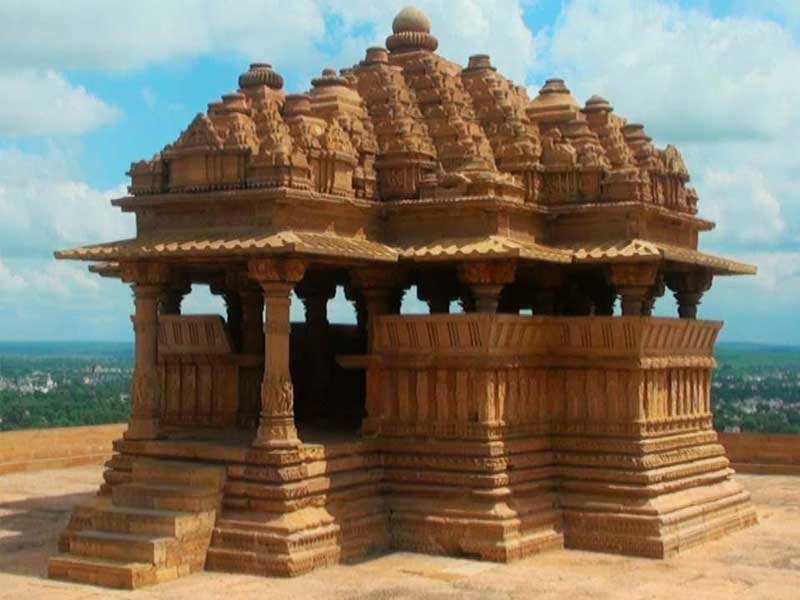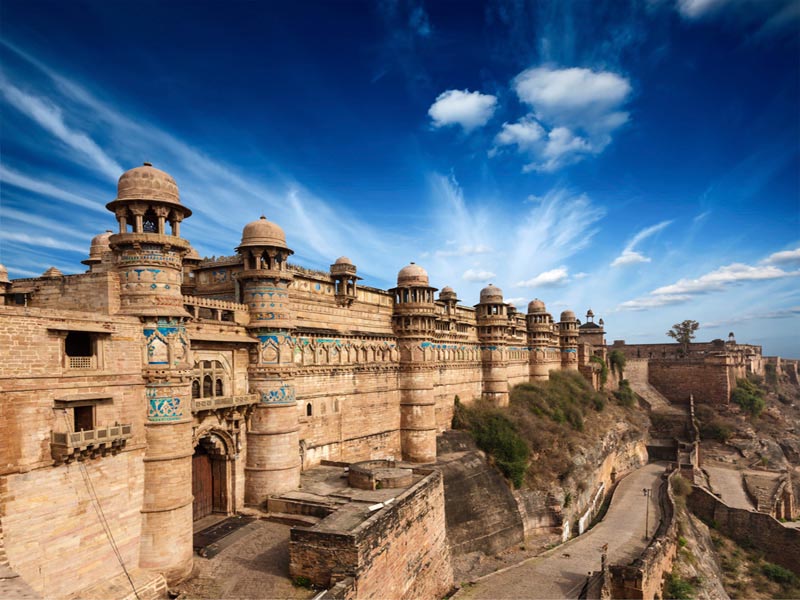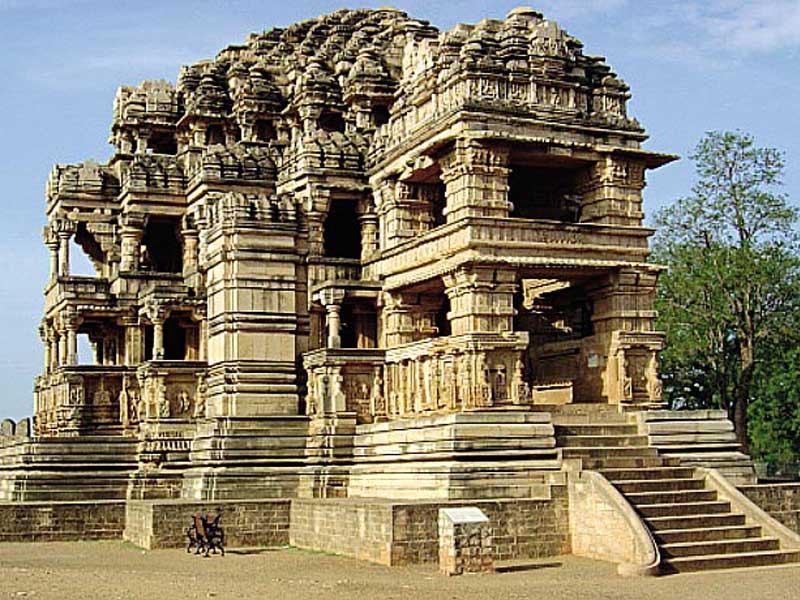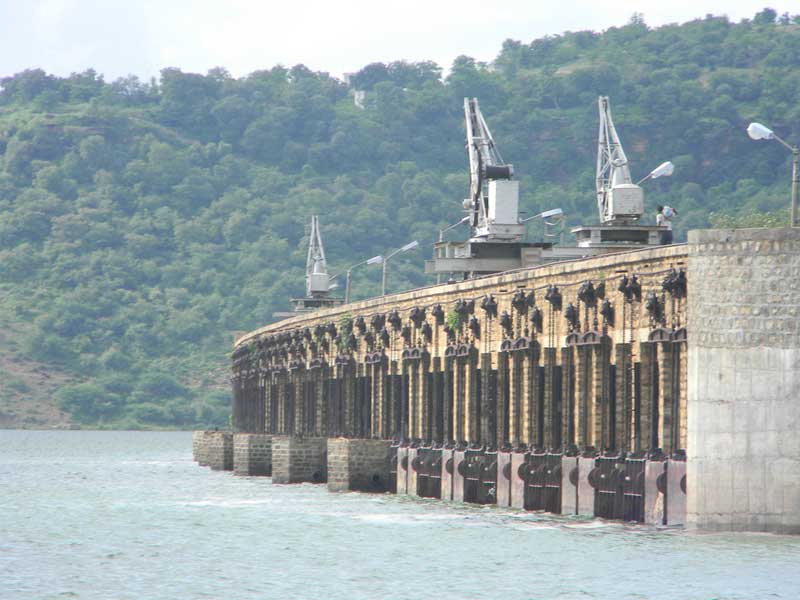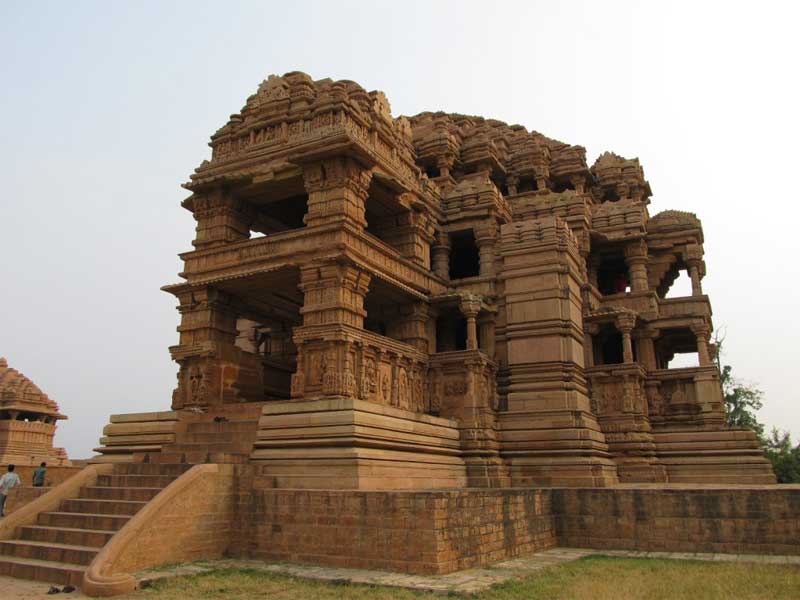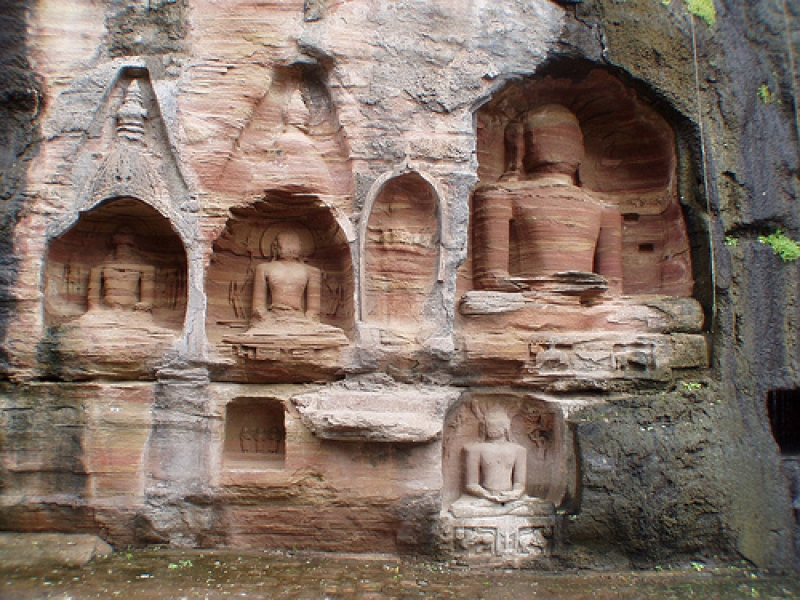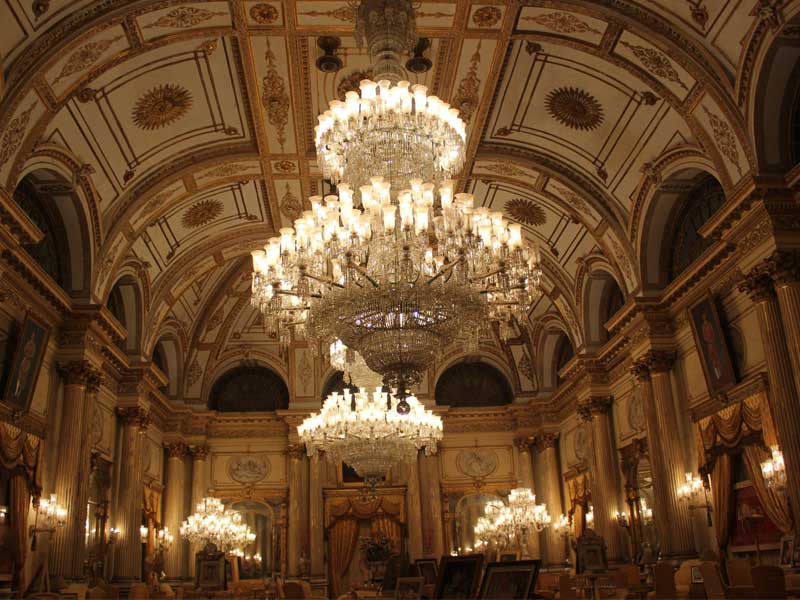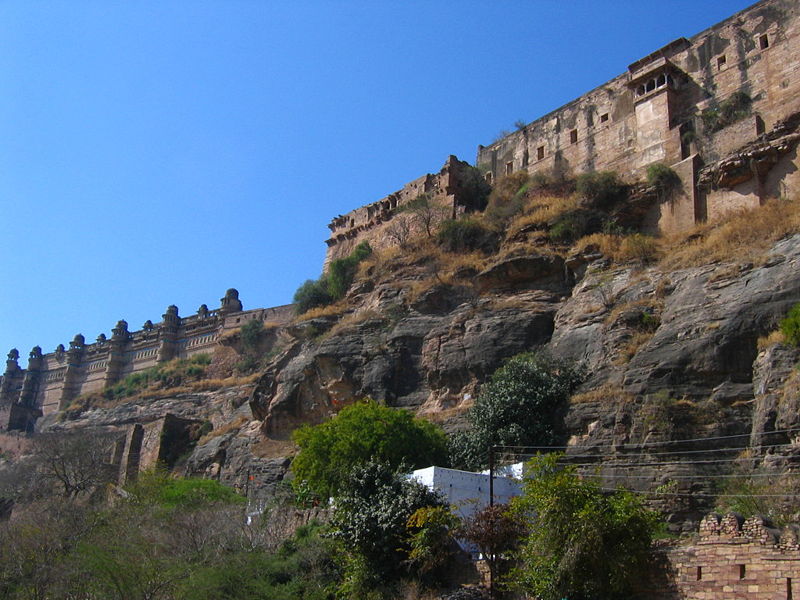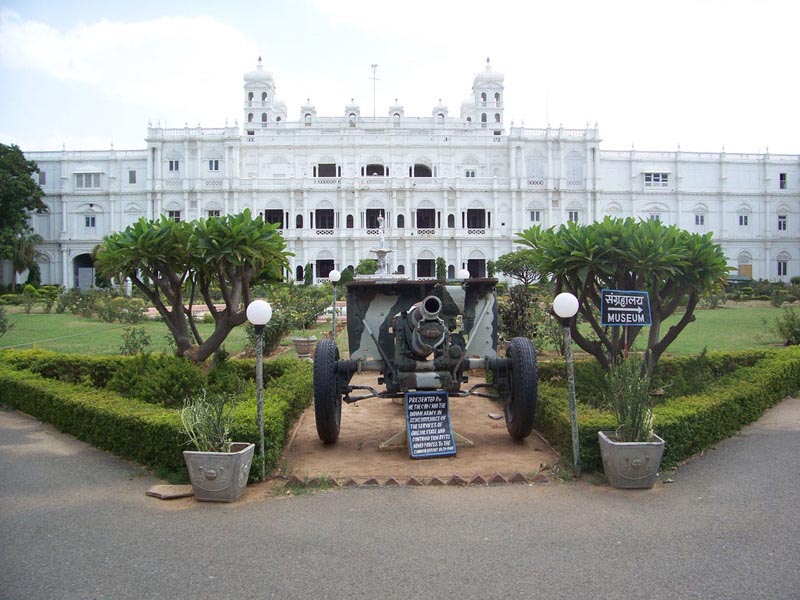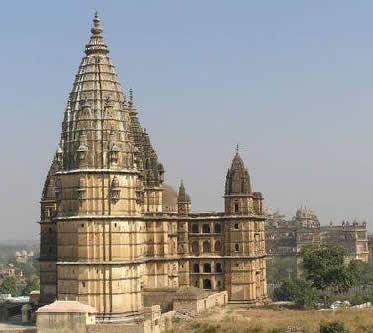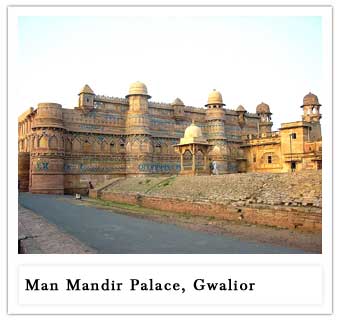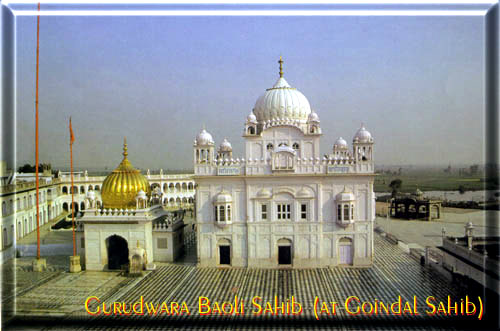Gwalior City
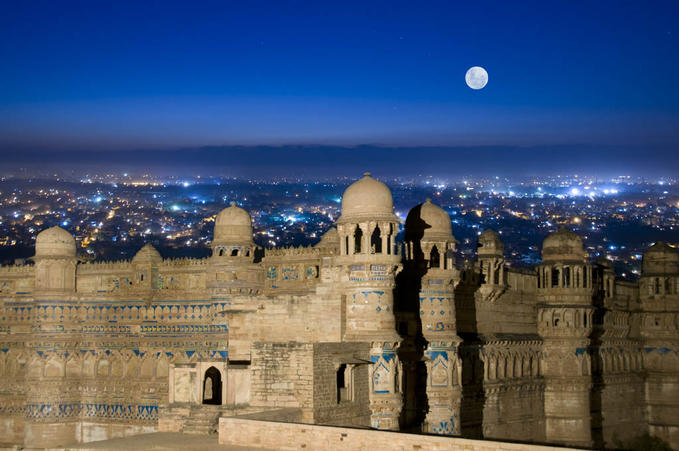 Gwalior City is a District in Madhya Pradesh State near Agra. Gwalior City was the Capital of the princely State of Gwalior until 1948 and the summer Capital of Madhya Bharat State from 1948 to 1956. When Madhya Bharat became part of Madhya Pradesh, it became separate District. Gwalior’s history is traced back to a legend in 8th century AD when a chief captain known as Suraj Sen was struck by a deadly disease and cured by a hermit-saint Gwalipa. As a gratitude for that incidence, he founded this city by his name. The new city of Gwalior became existence over the centuries. The cradle of great dynasties ruled the city Gwalior. With different Dynasty, the city gained a new dimension from the warrior kings, poets, musicians, and saints who contributed to making it renowned throughout the country. The city is also the setting for the memorials of freedom fighters such as Tatya Tope and the indomitable Rani of Jhansi. Today the old settings stand side by side with the trappings of modernity.
Gwalior City is a District in Madhya Pradesh State near Agra. Gwalior City was the Capital of the princely State of Gwalior until 1948 and the summer Capital of Madhya Bharat State from 1948 to 1956. When Madhya Bharat became part of Madhya Pradesh, it became separate District. Gwalior’s history is traced back to a legend in 8th century AD when a chief captain known as Suraj Sen was struck by a deadly disease and cured by a hermit-saint Gwalipa. As a gratitude for that incidence, he founded this city by his name. The new city of Gwalior became existence over the centuries. The cradle of great dynasties ruled the city Gwalior. With different Dynasty, the city gained a new dimension from the warrior kings, poets, musicians, and saints who contributed to making it renowned throughout the country. The city is also the setting for the memorials of freedom fighters such as Tatya Tope and the indomitable Rani of Jhansi. Today the old settings stand side by side with the trappings of modernity.
Climate
Generally weather found pleasant in this time, where temperature ranges from 10°C to 25°C.

